Best Time To Climb Mount Kilimanjaro
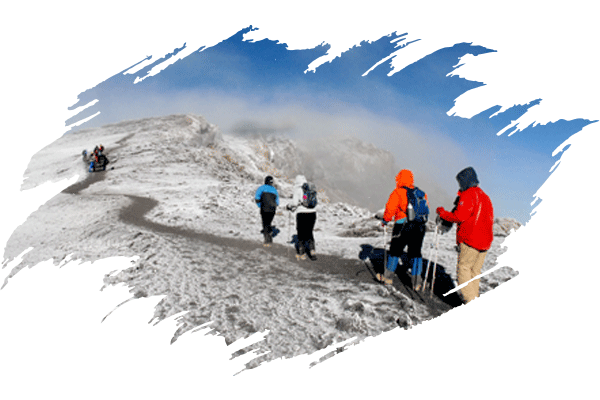
Best Time To Climb Mount Kilimanjaro
Climbing Mount Kilimanjaro is possible throughout the year, but determining the best time depends on various factors. Typically, the main tourist seasons align with the dry periods in Tanzania, occurring from July to October and then from December to February, with a peak in visitors during December.
Weather on Kilimanjaro – Best Time to Climb
April – June: The primary rainy season extends from late March to mid-June. It is challenging to predict exact rainfall patterns during this period, making it the warmest time in Tanzania.
June – August: Rainfall diminishes, and temperatures on Kilimanjaro drop. While the weather is generally dry and clear, nights can be extremely cold. June tends to be calm.
August – October: August and especially September mark the peak climbing season on Kilimanjaro. The weather is excellent with many sunny mornings and relatively warmer temperatures than in June/July. However, occasional cloud cover may persist in the forest/moorland zone.
October/November: Weather becomes more unpredictable, and the number of climbers decreases. The onset of the wetter period is characterized by afternoon clouds and occasional rainstorms.
November/December: November is a minor rainy season extending into mid-December. With dropping temperatures and associated hazards, it is not considered the best time to climb Kilimanjaro.
December/January: The second peak climbing season occurs for about a month and a half around Christmas and New Year. Despite the chance of rainfall and thick mists in lower areas, there is high activity.
January-March: Mid-January to mid-March is another favorable time for climbing Kilimanjaro. The weather is moderate, not excessively cold or wet, with fewer climbers. Days are generally dry, clear, with occasional brief showers. Note that weather patterns vary yearly, and this monthly guide provides a general overview
RELATED TOURS

5-Day A Touch of Serengeti Migration & Ngorongoro Crater
- 5 Days/4 nights Days
Serengeti park has categorized as one of the Natural Wonders of the World & world heritage site.
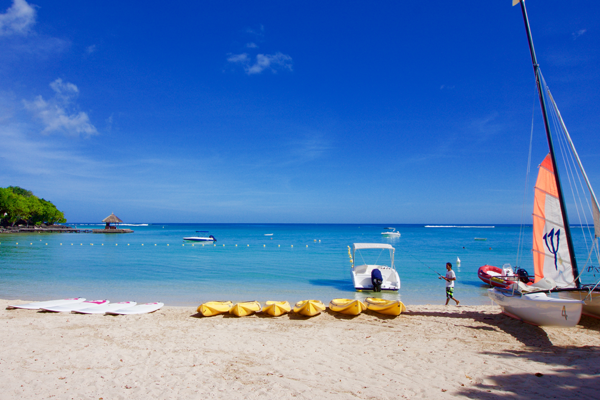
10 day amazing beach holidays with combination of safari
- 10 Days / 9 nights
You will experience an incredible 10-day beach holiday in Zanzibar, complete with a combination of safari.
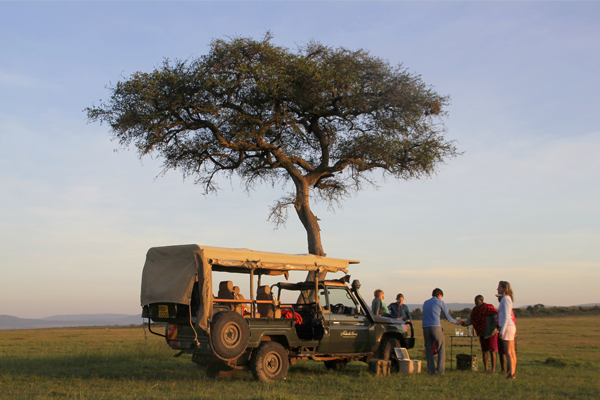
Private Kenya Deluxe Safari
- 6 Days / 5nights
Embark on a tailored Luxury Safari designed to immerse you in the rich cultural and wildlife experiences of Kenya.
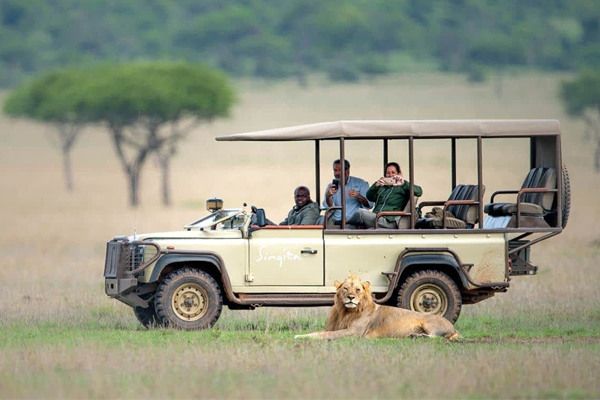
High-End Safari in Tanzania
- 8 Days / 7 nights
Indulge in a luxurious and comfortable experience during your Tanzania safari adventure by staying at the Legendary Lodge.
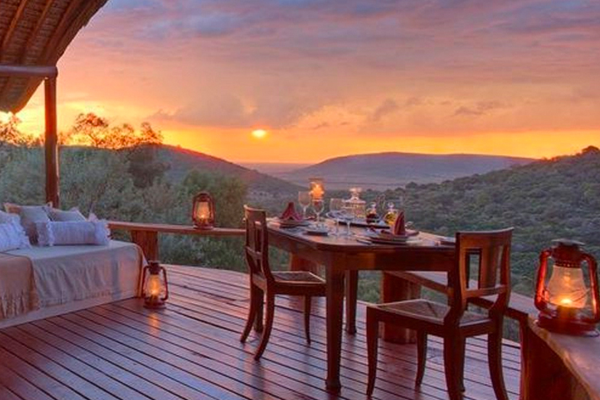
Luxury Kenyan Safari & Seychelles Honeymoon
- 12 Days / 11 nights
Embark on the journey of married life with a spectacular honeymoon that seamlessly blends the opulence of …

Okavango Delta & Chobe Luxury Safari
- 10 Days / 9 nights
Embark on an extraordinary safari, that includes inter-camp flights, all meals, and activities.
